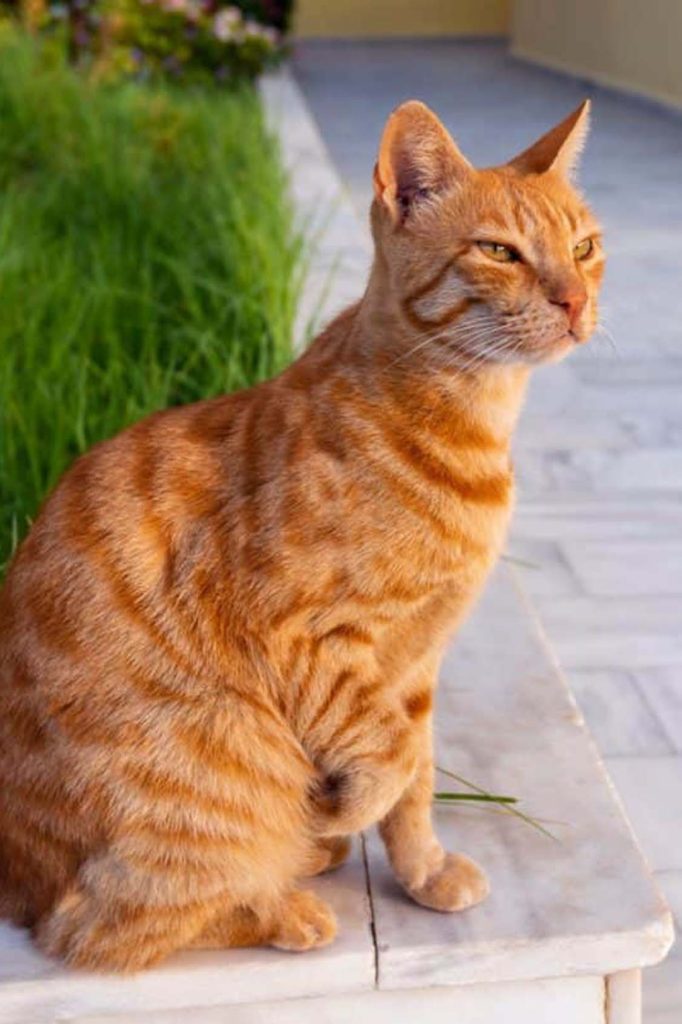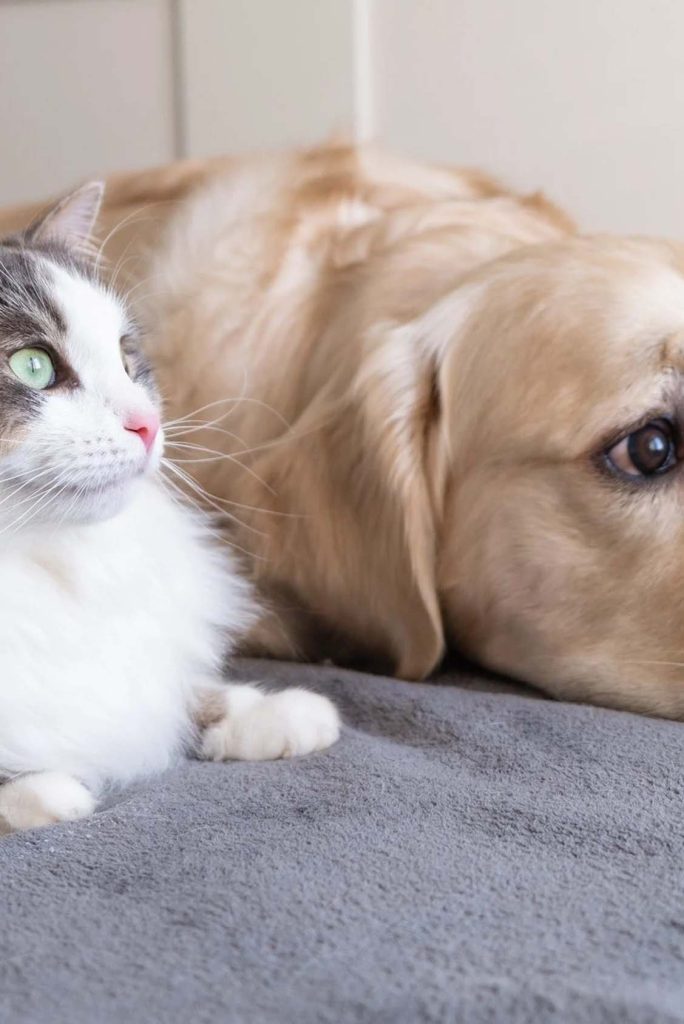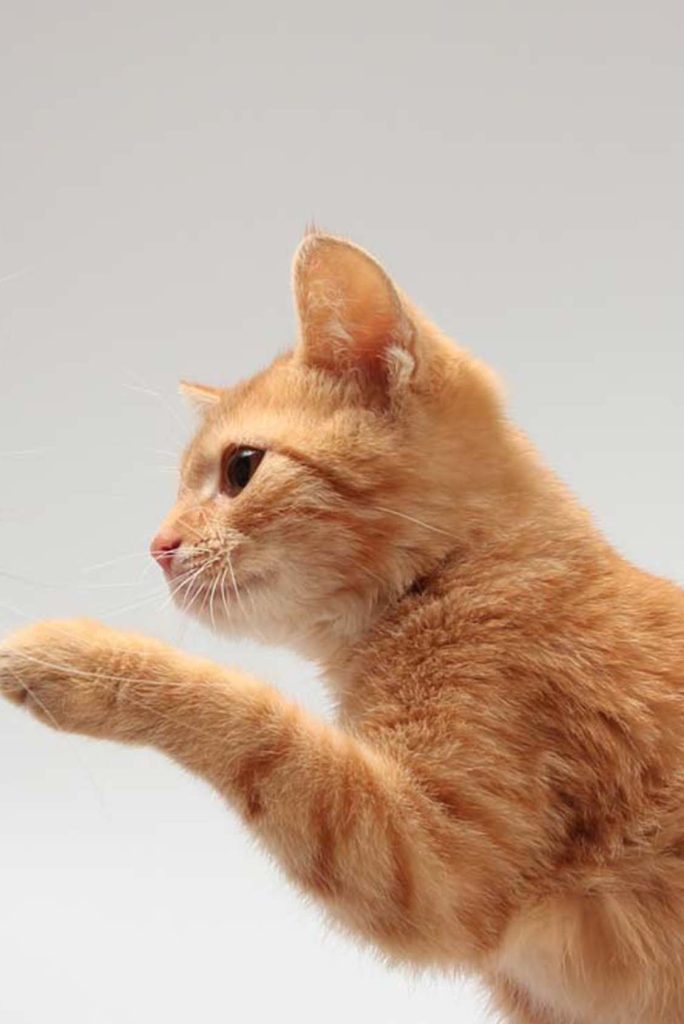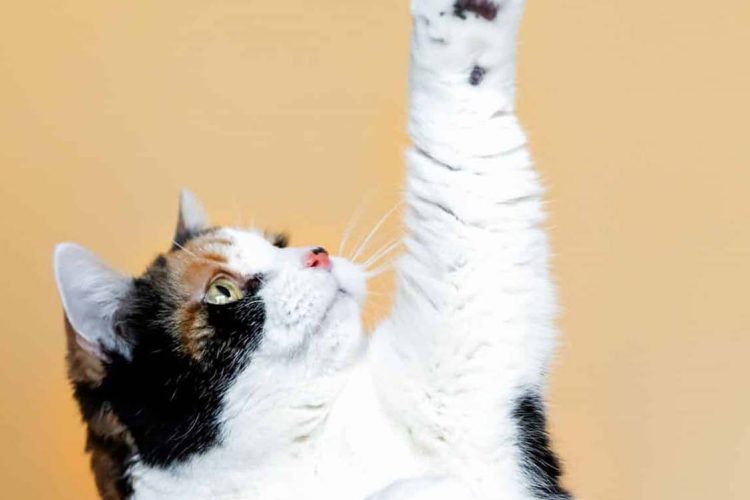Cats have long captivated human hearts with their playful antics and mysterious demeanor. While dogs often take the spotlight when it comes to intelligence in the pet world, felines are increasingly recognized for their cognitive abilities.
Understanding Feline Intelligence
Feline intelligence is multifaceted, encompassing various cognitive abilities, including memory, problem-solving, communication, and social intelligence. Unlike dogs, whose intelligence is often assessed through obedience and the ability to perform commands, cat intelligence is generally evaluated based on their independent behavior and adaptability.
1. Cognitive Abilities
Memory
Cats have excellent memories, particularly when it comes to spatial awareness and recognition of their environment. Research shows that cats can recall past experiences and learn from them. A study conducted by the University of Lincoln in the UK found that cats possess a “working memory” similar to that of dogs, allowing them to retain information about their surroundings for short periods.
Felines are known to remember the location of food sources, hiding spots, and even their human companions. Their long-term memory is quite impressive, enabling them to recognize people and other animals they have encountered even after extended periods apart.
Problem-Solving Skills
Cats are natural problem solvers, often displaying cleverness when faced with challenges. They have been observed using various strategies to achieve goals, such as accessing food or navigating obstacles. Unlike dogs, which may rely on their human companions for assistance, cats often tackle problems independently.
For instance, studies have shown that cats can learn to manipulate toys or open containers to retrieve food. In one experiment, cats were tested with puzzle boxes that required specific actions to obtain treats. Many cats quickly learned the necessary steps, demonstrating their ability to strategize and adapt to new situations.

2. Communication Skills
Cats communicate through a variety of vocalizations, body language, and facial expressions. Understanding these signals is crucial for recognizing their intelligence.
Vocalizations
Cats have a wide range of vocalizations, each serving a distinct purpose. From meows and purrs to hisses and growls, each sound conveys specific emotions and intentions. For example, a cat may meow to solicit attention or food, while a purr often indicates contentment.
Interestingly, research has shown that cats have adapted their vocalizations to communicate effectively with humans. Cats often use higher-pitched sounds to mimic the cries of human infants, thus eliciting a nurturing response from their owners. This ability to adjust their vocal patterns demonstrates a level of social intelligence unique to cats.
Body Language
Felines also communicate through body language. The position of their ears, tail, and whiskers can convey a wealth of information about their feelings. For instance, a cat with ears forward and a relaxed tail is generally friendly and approachable, while a cat with flattened ears and a puffed-up tail may be frightened or agitated.
Understanding feline body language is essential for interpreting their emotions and intentions. This keen awareness of social cues is a hallmark of feline intelligence, as it enables cats to navigate their social environments effectively.
Comparing Cats to Other Pets
1. Cats vs. Dogs
The most common comparison in pet intelligence is between cats and dogs. While dogs are often trained to perform tasks and follow commands, cats exhibit a different type of intelligence that reflects their independent nature.

Learning Styles
Dogs are known for their ability to learn commands and tasks quickly, often motivated by praise or treats. Their intelligence is often measured in terms of obedience and the ability to follow human instructions. In contrast, cats are less likely to comply with commands and are more independent learners. They may choose to engage in activities that interest them rather than performing tasks on cue.
Social Intelligence
While dogs are pack animals that thrive on social interaction, cats are more solitary creatures. This independence allows cats to develop unique social skills. Cats can be highly social with humans and other pets but do not rely on their owners for validation in the same way dogs do. This difference in social structure affects how each species learns and interacts with its environment.
Problem-Solving
Both cats and dogs demonstrate problem-solving abilities, but their approaches differ. Dogs often look to their owners for guidance, while cats tend to rely on their instincts and experience. For example, a cat may explore and experiment with a new toy, while a dog might wait for its owner to show it what to do.
2. Cats vs. Birds
Birds, particularly parrots, are known for their intelligence and ability to mimic human speech. Parrots have a high level of cognitive flexibility and can learn to perform various tasks, often exhibiting problem-solving skills and social intelligence.
Learning and Mimicking
Parrots can learn to mimic sounds and words, showcasing their intelligence in communication. However, their intelligence is often measured in terms of their ability to imitate human speech rather than their capacity for independent problem-solving. In contrast, cats do not mimic human sounds but have developed their unique forms of communication.
Social Interaction
While many bird species are highly social and require interaction, cats can be more selective in their social engagements. Birds may thrive in social settings, but cats can be content with solitary play, displaying a different type of intelligence that emphasizes independence.
3. Cats vs. Rabbits
Rabbits are known for their sociability and intelligence. They can be trained to perform tricks and recognize their owners. However, their learning style differs from that of cats.
Training and Obedience
Rabbits respond well to training, particularly when motivated by food. They can learn commands and even navigate obstacle courses, showcasing their intelligence. However, cats may not respond to training in the same manner, as their independent nature often leads them to engage in activities on their terms.
Social Behavior
Rabbits are social animals that thrive on companionship, often requiring the presence of other rabbits or animals. In contrast, cats can be more solitary, showing a range of social behaviors that may vary from one individual to another. This difference reflects the unique ways in which each species interacts with its environment and social structure.
Feline Intelligence in Action

1. Play Behavior
Play is a crucial aspect of feline intelligence. Cats engage in play to develop their hunting skills, explore their environment, and exercise their minds. This behavior is not just for entertainment; it serves a vital purpose in their cognitive development.
Hunting Instincts
Felines are natural hunters, and their play often mimics hunting behavior. Kittens, in particular, engage in play fighting and stalking games, honing their instincts for when they reach maturity. Observing a cat play with toys can reveal a great deal about its intelligence, as it demonstrates the ability to strategize and engage in complex behaviors.
Problem-Solving in Play
Interactive toys, puzzle feeders, and treat-dispensing toys provide mental stimulation and encourage problem-solving. Many cats can learn how to manipulate these toys to access treats, showcasing their intelligence and adaptability.
2. Social Interactions
Felines have unique social structures, and their interactions with humans and other animals reflect their intelligence.
Bonding with Humans
Cats form strong bonds with their human companions, often demonstrating affection through purring, head-butting, and kneading. Research indicates that cats are capable of forming attachments similar to those seen in dogs, indicating a level of emotional intelligence.
Recognizing Emotions
Cats can also recognize human emotions and respond accordingly. They may approach a sad or distressed owner to offer comfort or stay away from someone who appears angry or agitated. This sensitivity to human emotions showcases the social intelligence of cats.
The Science Behind Feline Intelligence
Research into feline intelligence has gained traction in recent years, with scientists examining various aspects of cat behavior.
1. Neurological Studies
Neurological studies have revealed that cats possess a significant number of neurons in their brains. While dogs have around 160 million neurons, cats have approximately 300 million. This higher neuron count is thought to contribute to their advanced cognitive abilities.
2. Evolutionary Perspectives
Understanding feline intelligence also involves considering their evolutionary history. Cats are solitary hunters, which has shaped their intelligence in ways that differ from social animals like dogs. Their ability to adapt to various environments and learn from their experiences has allowed them to thrive in diverse situations.
3. Learning through Observation
Cats are also adept at learning through observation. They can watch other animals, including humans, and adapt their behavior based on what they see. This ability to learn vicariously enhances their intelligence and allows them to navigate complex social environments effectively.
Enhancing Feline Intelligence Through Enrichment
To support and enhance a cat’s intelligence, providing enrichment opportunities is essential. This can include various activities and toys that stimulate their minds and encourage problem-solving.
1. Interactive Toys
Investing in interactive toys that require manipulation can help challenge a cat’s problem-solving skills. Toys that dispense treats when solved can motivate cats to engage their minds while providing a rewarding experience.
2. Puzzle Feeders
Using puzzle feeders for mealtime can encourage cats to work for their food, promoting mental stimulation. These feeders often require cats to figure out how to access their meals, allowing them to exercise their intelligence.
3. Training and Tricks
Though cats are less likely to follow commands than dogs, they can still learn tricks through positive reinforcement. Training sessions can be a fun way to bond with your cat while engaging its cognitive abilities.
4. Environmental Enrichment
Creating an enriched environment that includes climbing structures, scratching posts, and hiding spots allows cats to explore their surroundings and engage their natural instincts. Providing opportunities for exploration fosters their intelligence and adaptability.
Feline intelligence is a complex and fascinating subject that reveals the depth of cognitive abilities in cats. While they may not exhibit intelligence in the same way as dogs or other pets, their unique skills and capabilities are undeniable. Cats excel in memory, problem-solving, communication, and social interaction, showcasing a form of intelligence that is distinctively feline.
